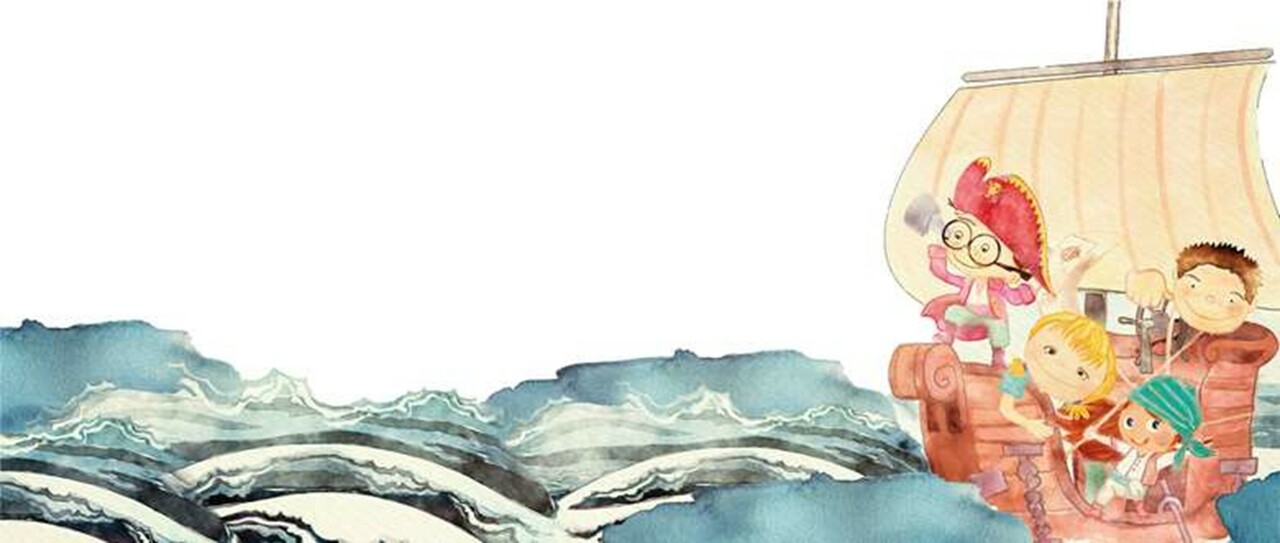Music in Silence: Deafness and Early Years Music

As a young child diagnosed with permanent deafness, I would often disappear to a quiet place to contemplate the world, think about things, and visualise patterns, action, friends, and most significantly, sound. In these silences, I saw sounds in my head – crazy melodies dashing about with interesting shapes, texture and meaning.
Later, having secured a golden ticket to Chetham's School of Music, these head songs became my companion in the secret spaces I inhabited – on city rooftops, high walls, scaffolding towers, cupboards, tunnels, even underwater. I saw, I moved, and sometimes danced. I felt, I imagined, and created. I was completely immersed; just me and my space. In the silence, the music I heard was soaring, dramatic, complex – it was often deafening!
------
The brave music educator
Children unconsciously bounce musical ideas off each other, particularly when unsupervised. Through these early experiences children become accomplished listeners, creators, and performers. A good music educator will extend musical knowledge, skills, and values based on this discovery. As Campbell (1998) writes, ‘the verbal lore is frequently embedded in rhythm and pitch…’, ‘the musical parts are integral to the lore as a whole’. (p.66).
It takes a brave music educator to step into the unstructured abyss to help our children to catch up with care-free, spontaneous vocal and musical exploration, and is a huge responsibility
Give them time, space, and silence to register, absorb, reflect, share and respond. Let them be. Jump ship. Chuck your lesson plan into the water – go off-piste and let them be. Don't worry about that silly box-ticking. This will happen because you engaged, you saw, you remembered. Follow your children's lead, and new things will emerge.
Read the full article here: Music in silence: Deafness and early years music | Music Teacher (musicteachermagazine.co.uk)





Please sign in or register for FREE
If you are a registered user on SEND Network, please sign in